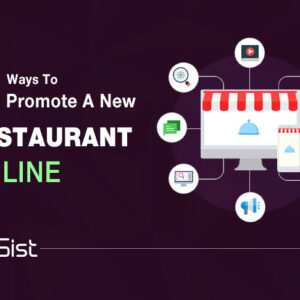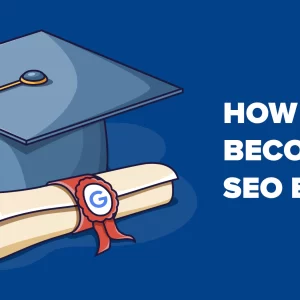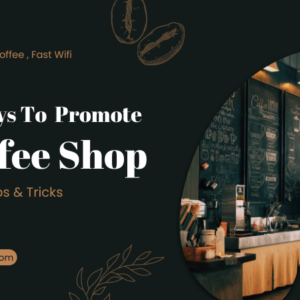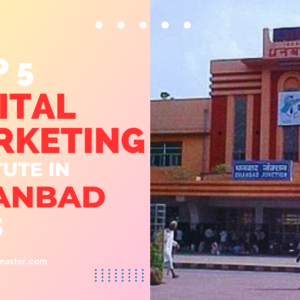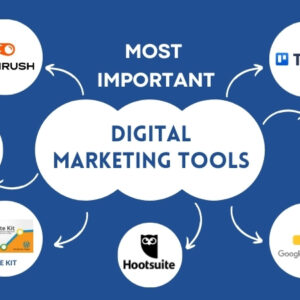Table of Contents
Bounce Rate: Why it is so important and how to reduce bounce rate of your website?
Do you want to know what bounce rate is and how to reduce bounce rate of your website? Then you’ll need to focus on an important metric called “Bounce Rate”.
Reading this article will be necessary for all those who run a blog or a website. We will know in this article what it is and how you can do it at least to get great traffic and to earn a better income from your blog. Let’s quickly learn first what Bounce Rate is.
What is Bounce Rate?
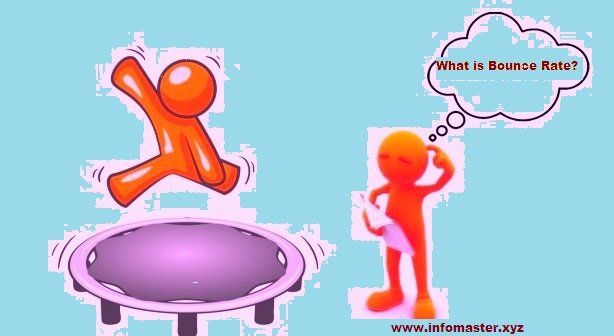 “A bounce rate is characterized as the measurement of the percentage of those viewers who come to a website and navigate away from the site after viewing only one page at a time.” Bounces happen when visitors only view single pages without looking at others or taking some form of action within the site before a specified time period.
“A bounce rate is characterized as the measurement of the percentage of those viewers who come to a website and navigate away from the site after viewing only one page at a time.” Bounces happen when visitors only view single pages without looking at others or taking some form of action within the site before a specified time period.
How is Bounce Rates calculated?
Bounce rate is calculated as follows:
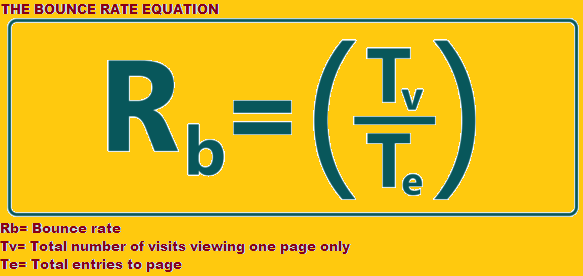
Bounce rate of a page = Total number of bounces on a page / Total number of entrances on the page.
Bounce rate of a website:
- 80%+ is very bad
- 70 – 80% is poor
- 50 – 70% is average
- 30 – 50% is excellent
- 20% or below is likely a tracking error
A bounce rate of around 30 – 50% is considered normal; it’s the layout of your website and its content that determines the bounce rate of your website. Factors like page loading time, single page website, easiness of navigation, Search engine rankings for target keywords, Interlinks, and quality of content amongst many others have an important role to play in determining whether a visitor remains engaged with your site.
What are some of the reasons you have a high bounce rate?
Following are some of the reasons that you have a high bounce rate on your website:
- If you have a single page website, your bounce rate will always be 100% because the user cannot go anywhere else.
- Coding errors play a factor in a high bounce rate.
- Poor SEO Keyword strategy – If you are targeting keywords that aren’t the most relevant to your business or content, that may be leading to an increased bounce rate.
- You may not have your Google Analytics tracking code setup
- Poor website design may lead to a high bounce rate.
- Lack of high-quality content
- High website loading time.
- Bad or No Interlinking: Link to the second post in the Blog Post, or to be incorrectly
How to check Bounce Rate by using Google Analytics
You can also check Traffic Record, like Daily, Monthly or Weekly, Bounce Rate also appears in all the options. For this, it is very important to connect the blog to Analytics.
How to Reduce Bounce Rate?
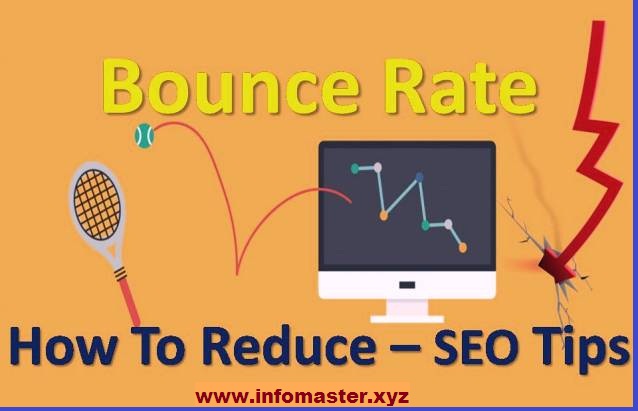 Well, there is no strategy, technique or tools to reduce the bounce rate immediately. Because it depends on the number of different factors that are responsible for your high bounce rate.
Well, there is no strategy, technique or tools to reduce the bounce rate immediately. Because it depends on the number of different factors that are responsible for your high bounce rate.
But there are certain things you should do to reduce high bounce rate and all of them are proven to be very effective techniques to get low bounce rate.
- Increase Website Speed
As technology improves, users have become less patient. Today, they expect to find the information they’re looking for in seconds. They want websites to load quickly, regardless of which device they’re using, and if we don’t, they will leave.
From the smallest business to the largest business, if you cannot meet these expectations you’re sure to be left behind.
So how can you enhance blog speed by reducing the frequency of bounces?
You can easily check your site’s speed GTmetrix or Pingdom. Both tools provide you an overview of your site’s load time as well as provide tips for improving the page load times.
You can also use WordPress caching plugins such as W3 Total Cache, WP Rocket, or WP Super Cache that can help you speed up your website.
Hosting service also plays an important role to speed up your site. So it is required to choose a fast and reliable web hosting for your website.
In addition, removing unnecessary widgets that are not utilized can speed up page time and reduce bounce rate.
- User-Friendly website design
The layout of your website is one of the most important factors to reduce bounce rate. You have to always try to provide users with a neat and clean, easy to use interface with the optimal blend of color, layouts, etc. It makes visitors stick to your website for some more time.
- Improve User Experience
The main aim of search engines is to give users with relevant information. It creates a problem when users find problems navigating through websites to obtain that information. Continuous poor user experience hurts a site’s ranking.
The visibility of your content works far in improving the experience of your users. So as to achieve this, you should use white space, headlines, subheads, and bulleted lists to make your site easy on the eye. Use highlighted keywords and images to break up text-heavy pages. Grab your reader’s attention and make it easy for them to find the information they’re searching for.
4. Keep Your Blog Fresh with the Right Content
To reduce bounce rate and to get results, always keep the target audience in mind while writing the content. Don’t overload them or give them very less content. Write only quality, grammatically correct and easy to understand the content. Always break the large article into parts and post them one after other. This will help you to build more related pages.
Also read:
- tips-to-write-effective-and-user-friendly-web-content/
- top-10-best-bloggers-in-india-and-their-blogs-earnings/
5. Target Keywords with High-Value Traffic
If you want to improve search performance, start targeting high-value keywords, because that’s where the high-value traffic is. Simply writing quality content for your blog will not effectively reduce your bounce rate or get better conversions. You’ve also got to target keywords with high-value traffic. These keywords, in turn, will send high-value customers to you.
- Conduct your SEO properly
Highly optimized SEO content is always an added advantage when it comes to winning this game. It is important for WordPress site owners to embrace essential plugins like Yoast SEO.
This is a plugin that can do a variety of different SEO tasks like suggesting keywords, optimizing images for search engines and automatically inserting link elements and Meta tags.
- Avoid Pop-Ups
Don’t use pop-up ads because they annoy the user and lead to a higher bounce. Your readers are coming to your blog to gain perspective and knowledge. By seeing pop-up ads, a visitor might close the page because pop-up ads disrupt him to read. So only use relevant ads in your site and restrict the number of adds in a single page to four at maximum.
- No more 404 error pages
The number of 404 errors can influence bounce rates. It may sometimes happen that your website has some broken links shown in the search engine and a visitor landing on the website gets a 404 error page. You can also make use of the 404 error pages to take your visitors to some other page by providing excerpts of recent/popular/featured articles.
- Bad or No Interlinking
Use Inbound Link in Blog Post Describe it in Next Post on the Unknown Word Use in Post and Link to the Unknown Word of the earlier post. Post in the middle of the linked post, similar to that of the post. By doing this, some readers also click on that link. You can also share some links that are interested. In Google Analytics, check which post is being most read, a link between that post. Take care of Interested Topic.
- Single Page Site
There is no link to another post in the blog post. In such a situation, the user will visit the next page. The possibility is very high. In such a way, please share the link of Interested / Evergreen Post inside Page / Post.
Final words
In this article, I have presented you a number of ways to reduce your bounce rate and improve your conversion rate. But, without high-quality content, even if you succeed at cutting your bounce rate in half, your risk of increasing it again is high.
At the end of it all, keep at it and stay consistent. I know that you find this guide informative and useful as a resource moving forward to reduce bounce rate of your website.
Keep growing your site viewers. As you make happy your users, they’ll gladly tell others about your website – thus improving your search traffic, inbound links, and lead generation.

